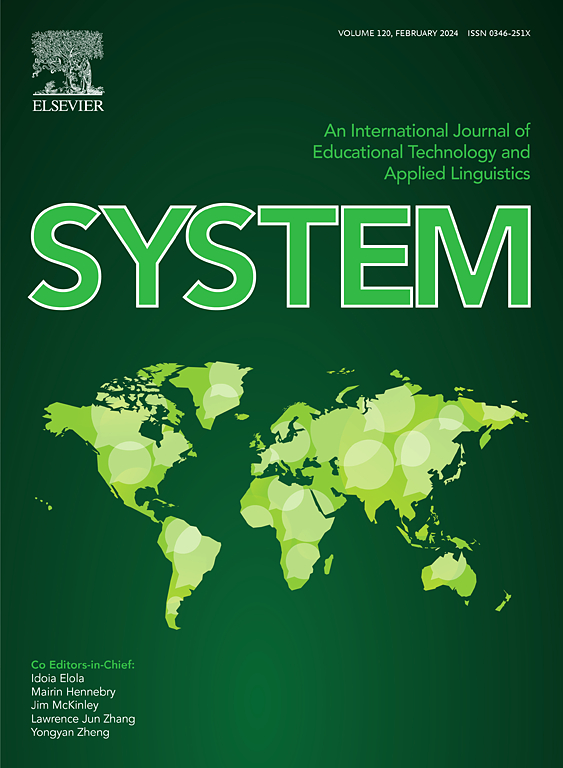Dietary L-leucine supplementation improves ruminal fermentation parameters and epithelium development in fattening Angus beef cattle
IF 6.5
1区 农林科学
Q1 Agricultural and Biological Sciences
引用次数: 0
Abstract
In this study, the effects of L-leucine (Leu) on rumen fermentation parameters, rumen epithelium development, amino acid composition, rumen bacterial communities and rumen metabolites in beef cattle were investigated. Twenty-four fattening Angus females of similar initial weight (575.5 ± 22.1 kg) were randomly assigned to 2 treatments with 4 replicate pens (3 cattle per pen). They were fed either a basal diet or a basal diet supplemented with 6.0 g L-Leu/100 kg BW/d for 120 d. (1) Leu increased the ruminal concentrations of total volatile fatty acid (VFA) (P = 0.017), propionate (P = 0.023), isovalerate (P = 0.001), and branched-chain volatile fatty acid (BCVFA) (P = 0.01) at 4 h post-feeding. It also tended to increase acetate (P = 0.083) and decrease the ammonia-N (NH3-N) concentration (P = 0.055), but it did not affect ruminal pH (P > 0.1). Leu also increased microbial crude protein (MCP) (P = 0.026) at 4 h post-feeding, but decreased MCP at 8 h post-feeding (P = 0.010). (2) Supplementation with L-Leu increased the ruminal concentrations of phenylalanine (P = 0.011), lysine (P = 0.034), and tyrosine (P = 0.033), while decreasing the cystine concentration (P = 0.010). (3) Leu increased the thickness of the stratum spinosum and basal (P < 0.05), while decreasing the thickness of the stratum granulosum (P < 0.05). (4) Leu upregulated the relative mRNA abundance of genes involved in tight junction proteins (P < 0.05) and VFA absorption and metabolism (P < 0.01) in the rumen epithelium. This upregulation was positively correlated with the concentrations ruminal isovalerate and BCVFA (P < 0.01). (5) L-Leu did not affect the diversity and richness of ruminal microbes (P > 0.05), but differential bacterial biomarkers (LEfSe, LDA > 2) were either positively or negatively correlated with ruminal MCP, NH3-N, and BCVFA concentrations (P < 0.001). Additionally, differential bacterial metabolites (OPLS-DA, VIP > 1.5) were primarily enriched in the amino acid metabolism pathway and the cofactors and vitamins metabolism pathway (P < 0.05). Dietary supplementation with L-Leu altered rumen fermentation parameters and patterns, improved rumen epithelial morphology, and enhanced the expression of genes related to VFA absorption and metabolism in the rumen epithelium of beef cattle.饲粮中添加l -亮氨酸可改善育肥安格斯肉牛瘤胃发酵参数和上皮发育
本试验旨在研究l -亮氨酸(Leu)对肉牛瘤胃发酵参数、瘤胃上皮发育、氨基酸组成、瘤胃细菌群落和瘤胃代谢产物的影响。选取24头初始体重相近(575.5±22.1 kg)的育肥安格斯母牛,随机分为2个处理,4个重复栏,每个栏3头牛。各组分别饲喂基础饲粮和基础饲粮中添加6.0 g l -亮氨酸/100 kg体重/d的试验饲粮,试验持续120 d。(1)亮氨酸提高了饲后4 h瘤胃总挥发性脂肪酸(VFA) (P = 0.017)、丙酸(P = 0.023)、异戊酸(P = 0.001)和支链挥发性脂肪酸(BCVFA)浓度(P = 0.01)。对瘤胃pH无显著影响(P < 0.01),但有增加乙酸(P = 0.083)和降低氨氮(NH3-N)浓度的趋势(P = 0.055)。亮氨酸在采食后4 h提高了微生物粗蛋白质(MCP) (P = 0.026),在采食后8 h降低了微生物粗蛋白质(P = 0.010)。(2)添加l -亮氨酸提高了瘤胃苯丙氨酸(P = 0.011)、赖氨酸(P = 0.034)和酪氨酸(P = 0.033)浓度,降低了胱氨酸浓度(P = 0.010)。(3)亮氨酸增加了棘层和基底层的厚度(P < 0.05),但差异细菌生物标志物(LEfSe、LDA bbb2)与瘤胃MCP、NH3-N和BCVFA浓度呈正相关或负相关(P < 0.05),主要富集于氨基酸代谢途径、辅助因子和维生素代谢途径(P < 0.05)。饲粮添加l -亮氨酸改变了肉牛瘤胃发酵参数和模式,改善了瘤胃上皮形态,增强了瘤胃上皮VFA吸收代谢相关基因的表达。
本文章由计算机程序翻译,如有差异,请以英文原文为准。
求助全文
约1分钟内获得全文
求助全文
来源期刊

Journal of Animal Science and Biotechnology
AGRICULTURE, DAIRY & ANIMAL SCIENCE-
CiteScore
9.90
自引率
2.90%
发文量
822
审稿时长
17 weeks
期刊介绍:
Journal of Animal Science and Biotechnology is an open access, peer-reviewed journal that encompasses all aspects of animal science and biotechnology. That includes domestic animal production, animal genetics and breeding, animal reproduction and physiology, animal nutrition and biochemistry, feed processing technology and bioevaluation, animal biotechnology, and meat science.
 求助内容:
求助内容: 应助结果提醒方式:
应助结果提醒方式:


